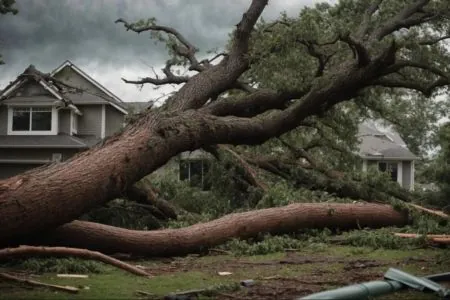In movies, scenes with snow slowly falling on the ground give off such a romantic and cozy feel. Or, that moment of first snowfall that looks magical and breathtaking, making everyone wish they too could experience those moments.
But what about snowstorms? We bet you’ve also seen movies showing how destructive, not to mention terrifying, they can be when they strike. Those scenes are, indeed, never far from reality because many of our tree-related issues can be traced back to the damage caused by severe snowfall and snow bending tree branches.
How will you deal with heavy snow on tree branches if you ever get caught in such a situation then? Or what if damage has already been done? You can save yourself further headaches by knowing what to do and what to avoid when your trees are covered in heavy snow.
Learn how to care for your trees after a snowfall below.
What Happens To A Tree After Snowstorm
Once the snow has stopped falling and the sun has returned, check the status of your trees. First and foremost, you should refrain from shaking off heavy snow on sagging tree branches. Instead, let it slowly melt in the sunlight. And do not walk beneath the canopy while it is still in the branches.
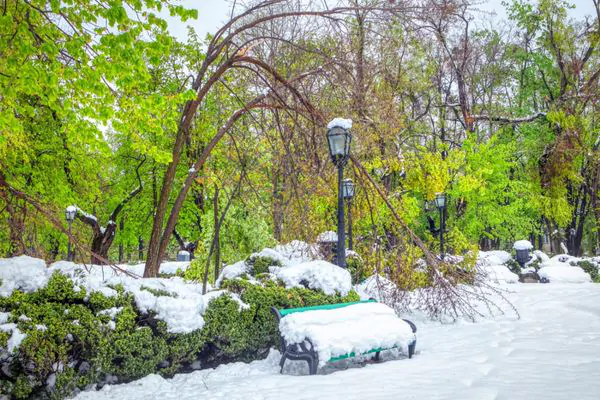
Contact your local tree care company immediately if you notice damaged branches or snapped limbs. Not only are broken trees hazardous to work around, but incorrect repairs could do more harm to the tree’s healthy portions.
The Do’s of Tree Care
Snow can transform a garden into a wintry paradise. However, trees might be damaged by too much snow and ice. Protect your property from the winter’s ravages by following the correct tree care procedures:
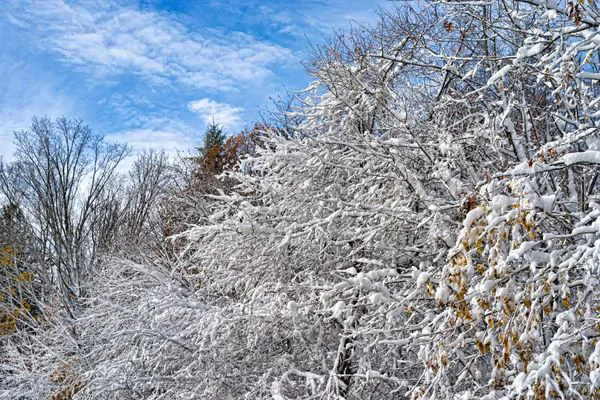
Prepare trees for the arrival of snow and ice
Taking care of your trees for winter in advance will get your yard ready for bad weather. Branches are less likely to break under the weight of snow and ice if they are loosely cabled together. Remove sick or damaged branches to prevent further damage.
Avoid frost cracks
Frost cracks are more prevalent than most think. It can be brought on by temperature variations and affects the outside layer of wood. Your trees may experience frost cracking after a significant snowfall, which is one of the most misunderstood tree problems.
The outer layer of wood compresses faster than the inner layer, resulting in a lengthy, vertical split on the trunk. It is possible to have multiple cracks simultaneously, and inevitably, cracks will resurface every year when severe weather occurs.
Be gentle when clearing accumulated snow
A gentle brush is the best tool for clearing snow after a winter storm. You can also use it to brush off the snow and pick up branches. Move downward from the tree’s apex. Keep someone close by in case you ever find yourself in need of help.
Seasonal considerations
At the beginning of the growing season, your tree is still strong and healthy since it has ample water. During the winter, the tree loses part of its vitality and may become marginally more vulnerable to injury. To determine whether your trees are healthy, you must familiarize yourself with them; if a severe storm is predicted, take a stroll to confirm that everything is in good condition.
Remove 50% of the tree’s branches
Prune trees if more than 50 percent of the trunk or living branches in the crown are destroyed, if the tree is bending awkwardly, if its roots are harmed, or if it could cause harm to persons or property. Consult local tree-cutting services if you are still determining whether a tree needs to be removed or can be spared.
Key Don’ts in Tree Care After a Snowstorm for Homeowners
Since you already know the essential things to take care of your trees covered in snow, you also need to note that certain factors can cause your tree to be more damaged or unhealthy. The list below includes things you want to avoid doing to your trees.
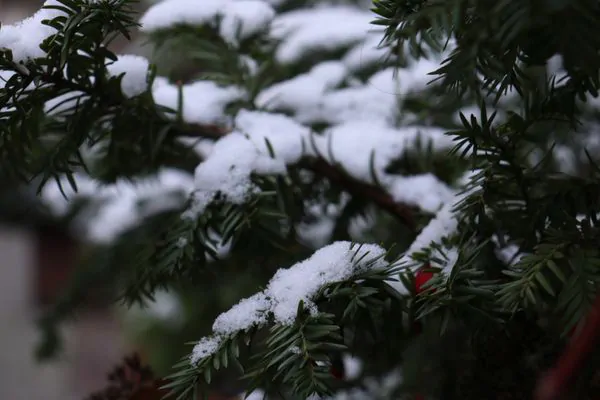
Moving the snow toward your plants and trees
When you shovel or blow snow, try to move it away from trees. This snow is denser, causing it to be too heavy for your trees. If snow-melting salt is present in the shovel pile, it may leach into the soil and harm the roots.
Shaking branches that are covered with ice and snow
When clearing snow from branches, never shake them. Although this may be a quicker maintenance method, trees with ice on them are typically fragile. Intensive shaking is more likely to shatter them completely. If you need help with what to do, you should seek local tree services with well-trained professionals.
Similar Post:Tips for Protecting Your Trees and Shrubs During the Winter
Where can I get the best South Shore tree service?
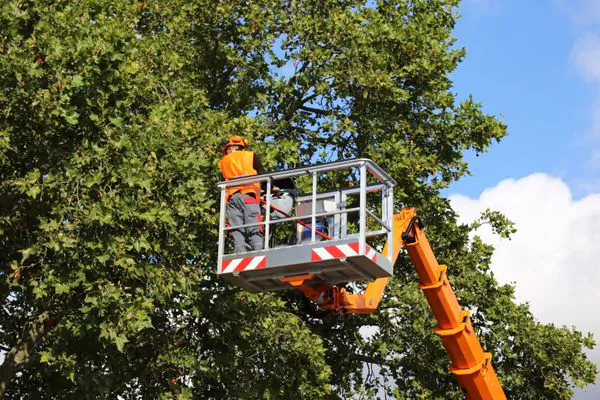
You can rely on us, the tree care professionals at Shore Tree Service. We are fully licensed and insured and offer competitive rates for various kinds of tree care services. We have extensive experience in residential and commercial tree care and tree removal, so we know the industry inside and out.
Contact us at 781-386-0707, and find out how our services can help you.

